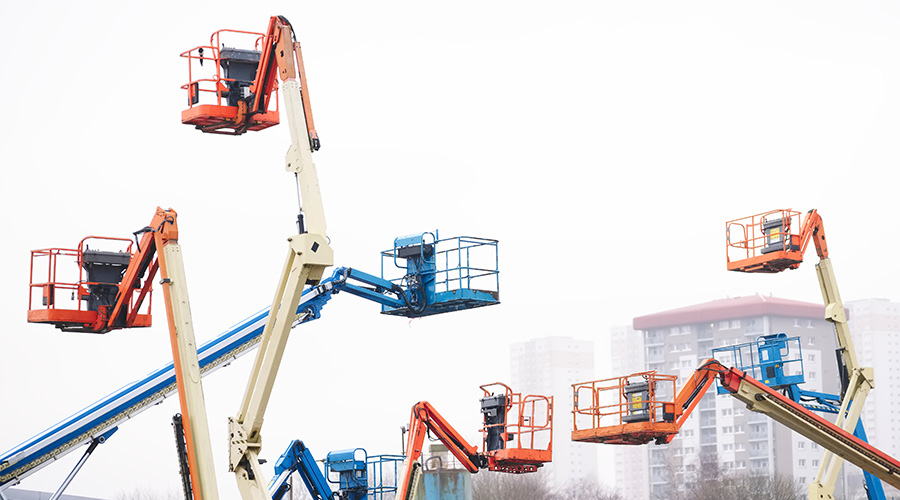Inventory Management: Efficient Storerooms Save Money
Imagine a successful institutional or commercial facility with a storeroom for maintenance, repair and operations (MRO) spare parts that resembles the bedroom of a 5-year-old boy — cars, trucks, books, airplanes, and puzzles scattered everywhere, clothes lying on the floor around the room, the toy box upended, and a small table piled high with crayons, coloring books, and spilled, dried finger paints.
This analogy might seem extreme, but unfortunately, it is an all-too-common occurrence in many facilities. Maintenance and engineering managers allow storerooms to look and operate like this little child's bedroom.
Overlooked in all of the clutter is the fact that storerooms are of crucial importance to facility efficiency and organizational profitability. Managers must ensure storeroom managers organize them efficiently and manage them properly to maximize potential profit.
Strategic Management
Historically, organizations have allowed spare-parts storerooms to become an afterthought. Despite the talent, experience, and dedication of personnel in maintenance and engineering departments, storerooms for MRO parts often survive only on the crumbs that fall under the financial table. Managers receive money for the replacement of parts and supplies in storerooms, but they rarely receive funding to clean them up, organize them, improve operational efficiency, and install more functional storage fixtures.
But a number of developments in recent years have begun to change this situation, including more competition and the increased use in facilities of strategies such as Kaizen, six sigma, 5S, and lean operations. More departments now are minimizing unscheduled equipment downtime through the implementation of software-aided maintenance planning, predictive and preventive maintenance scheduling, and operations-friendly maintenance work.
These advances have compelled managers to improve the organization, efficiency and automation of storerooms to keep up with the requirements and demands of a more proactive maintenance department. Simply put, technicians need to have the right parts in the right quantity at the right time for these management strategies to deliver their intended benefits.
Minimizing Downtime
Most organizations continue to overlook MRO parts storerooms as sources for overall savings, but time is money, and unscheduled equipment downtime often means big money. Something as simple as a technician who cannot rapidly locate an inexpensive, over-the-counter part can waste time and money.
Disorganization and inefficiency hurt the organization's bottom line. If a technician has to request a part be flown in, especially from overseas, overnight shipping becomes a very expensive option, especially with today's oil prices. Facilities that spend money improving the organization and efficiency of MRO storerooms actually are investing to prevent lost profits.
An MRO parts storeroom should look and operate like a retail facility. It should be clean, organized, labeled, well-stocked, and well-run. There is a place for everything, everything is in its place, and the owner controls the cash flow. The storeroom must have a clean, professional appearance that generates confidence through good customer service.
Related Topics:













